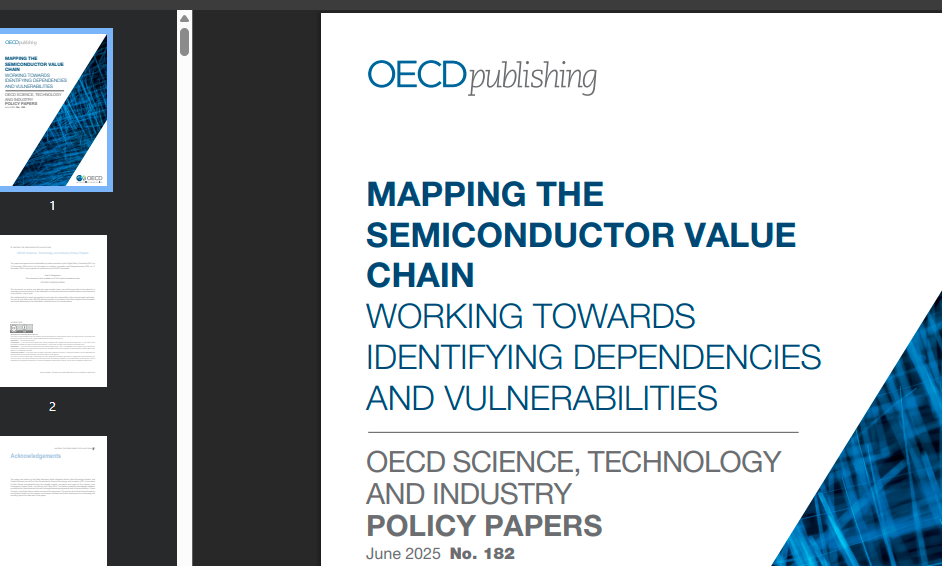

[Part 1]: Semiconductor Manufacturing Equipment Regulation: Japan vs. China:
What cards does Japan have in the fight against China’s aggressive attacks on Japan?
Japan’s strongest card against China is “semiconductor manufacturing equipment.”

1. U.S. Congressional Report: <Semiconductors and the CHIPS Act>: Congress.gov:
As of September 28, 2023, “Japan’s share of semiconductor manufacturing equipment is 35%,” giving it a near monopoly on certain manufacturing equipment.

2. US CSIS Report: <Japan Aims to Revitalize the Semiconductor Industry>
On August 25, 2023, the report predicted that “Japan will have a near-monopoly in the fields of semiconductor manufacturing equipment and semiconductor materials.”

Tokyo Electron (TEL):
– TEL has developed a dedicated EUV inline coater/developer, a “specialized device that simultaneously coats and prints.”
– TEL’s inline coater/developer holds a 100% share of the global EUV market.
1. EUV Lithography:
EUV lithography uses EUV light with a wavelength of 13.5nm. It is a cutting-edge exposure technology for creating semiconductor circuit patterns.
– Japan produces many of the EUV lithography equipment used in advanced-node chip manufacturing.
– This technology enables the creation of circuit patterns at 7nm and below, making it essential for the production of high-performance smartphones.

2. Chip Stacking:
Tokyo Electron aims to achieve “chip stacking on 300mm wafers.”
– This technology increases the density of semiconductor chips by stacking multiple chips.
– It enables the reduction of board mounting area, resulting in the miniaturization, high performance, and power savings of electronic devices.

Tokyo Electron’s Global Strategy:
Nanoscale Science and Engineering College (CNSE: Albany, NY)
– TEL has dispatched hundreds of employees to Japan and is conducting joint research and development with IBM.
– TEL invested $167 million in the construction of a new production facility in Japan in March 2023.

Semiconductor Manufacturing Equipment Companies: Global Market Share Ranking (Quoted from CSIS):
1. Photomasks:
Japan’s JEOL and NuFlare Technology: 91% share of the global market for EUV lithography mask manufacturing.
2. Resist Processing:
Japan’s Tokyo Electron and SCREEN: 96% of the global market for resist processing equipment.
3. Wafer Crystal Processing:
Japan’s ACRETEC, Okimoto, Toyo, and Disco: 95% of the global market for wafer crystal processing equipment.
4. Wafer Handling Equipment:
Japan’s ROHSE, Daifuku, and Muratec: 88% of the global market for wafer handling equipment.

China’s Semiconductor Manufacturing: Manufacturing Equipment Import Share: Indian Media (Techovedas): October 14, 2025
What percentage of China’s semiconductor manufacturing equipment imports comes from Japan?
Is China’s declining imports of Japanese semiconductors a sign of Chinese independence?
1. In the first half of 2025, imports from Japan were $6.4 billion, while domestic Chinese production was $6.93 billion (49.99 billion RMB).
2. In the first half of 2025, domestic Chinese production already surpassed imports from Japan.

Figure 1: Trends in China’s Imports of Semiconductor Manufacturing Equipment from Japan and Domestic Production
“Made in China 2025”: China’s High-Tech National Strategy:
If Japan were to play a checkmate against China, the sooner it did so, the greater the impact.
1. As Figure 1 shows, China is reducing imports from Japan and accelerating domestic growth.
2. Given China’s high dependence on Japan, Japan should quickly impose export restrictions on semiconductor manufacturing equipment.

[Part 2]: Japan’s Restrictions on Semiconductor Materials:
1. High-End Photoresists:
– Four companies: Shin-Etsu Chemical, Tokyo Ohka Kogyo, JSR, and Fujifilm Electronic Materials.
– Japanese companies account for 75% of global production of high-end photoresists for advanced chip manufacturing.
Japan has a de facto monopoly. Sumitomo Chemical has also newly entered the photoresist production market.
2. Japan’s Semiconductor Materials: 14 Key Materials:
– Japan has been the world’s largest semiconductor materials manufacturer for decades.
– Japan holds over 50% of the global market share for each of the 14 key materials essential to chip manufacturing.

3. Japan’s 3D Chip Packaging: 3D Stacking of Multiple Semiconductors:
– Japanese semiconductor material suppliers, including Nissan Chemical and Showa Denko.
– Nissan Chemical developed a new 3D packaging technology (a temporary adhesive) in 2024.
4. Japan’s Silicon Wafers: World’s Top Manufacturing Share:
– Two Japanese materials manufacturers, SUMCO and Shin-Etsu Chemical.
– They account for 60% of the global market share for silicon wafers, essential for chip manufacturing.

OECD (Organization for Economic Cooperation and Development): Wafer Market Ranking:
– Over 50% of the global silicon wafer market is supplied by two Japanese companies, Shin-Etsu Chemical and SUMCO.
Examples include Global Wafers (of Chinese Taipei) and Germany’s Siltronic.

China’s Import Dependence: China’s Wafer Self-Sufficiency Rate:
In other words, China’s wafer self-sufficiency rate is nearly 50%, while its import dependency is also 50%.
However, it should be noted that China has begun domestic production of photoresist, although it is still at the KrF photoresist stage.

[Part 3]: Japan’s Restrictions on High-Precision Machine Tools:
High-precision machine tools are one example of Japan’s last remaining card.
On February 25, 2025, the Financial Times reported, “China is struggling to master high-precision machine tools.”
– China has made progress in the fields of AI, renewable energy, semiconductors, and electric vehicles.
– However, it is struggling to develop cutting-edge (high-precision) machine tools, which are essential for manufacturing.
Japanese, European, and American companies are manufacturing high-end machine tools and supplying them to China.
https://news.yahoo.co.jp/expert/articles/c66548014d4069d45b11e5ced627b5b7094f9593